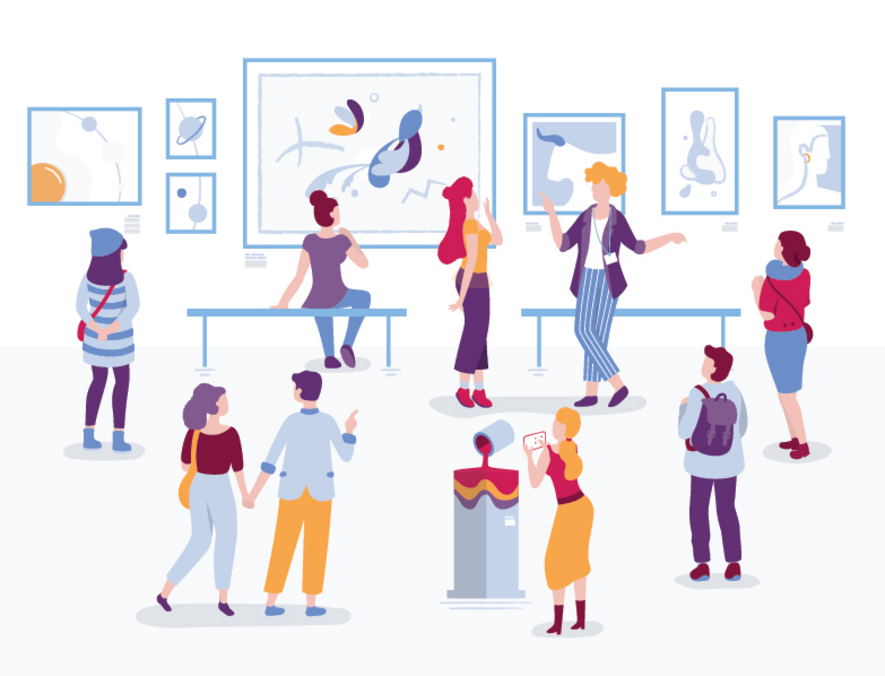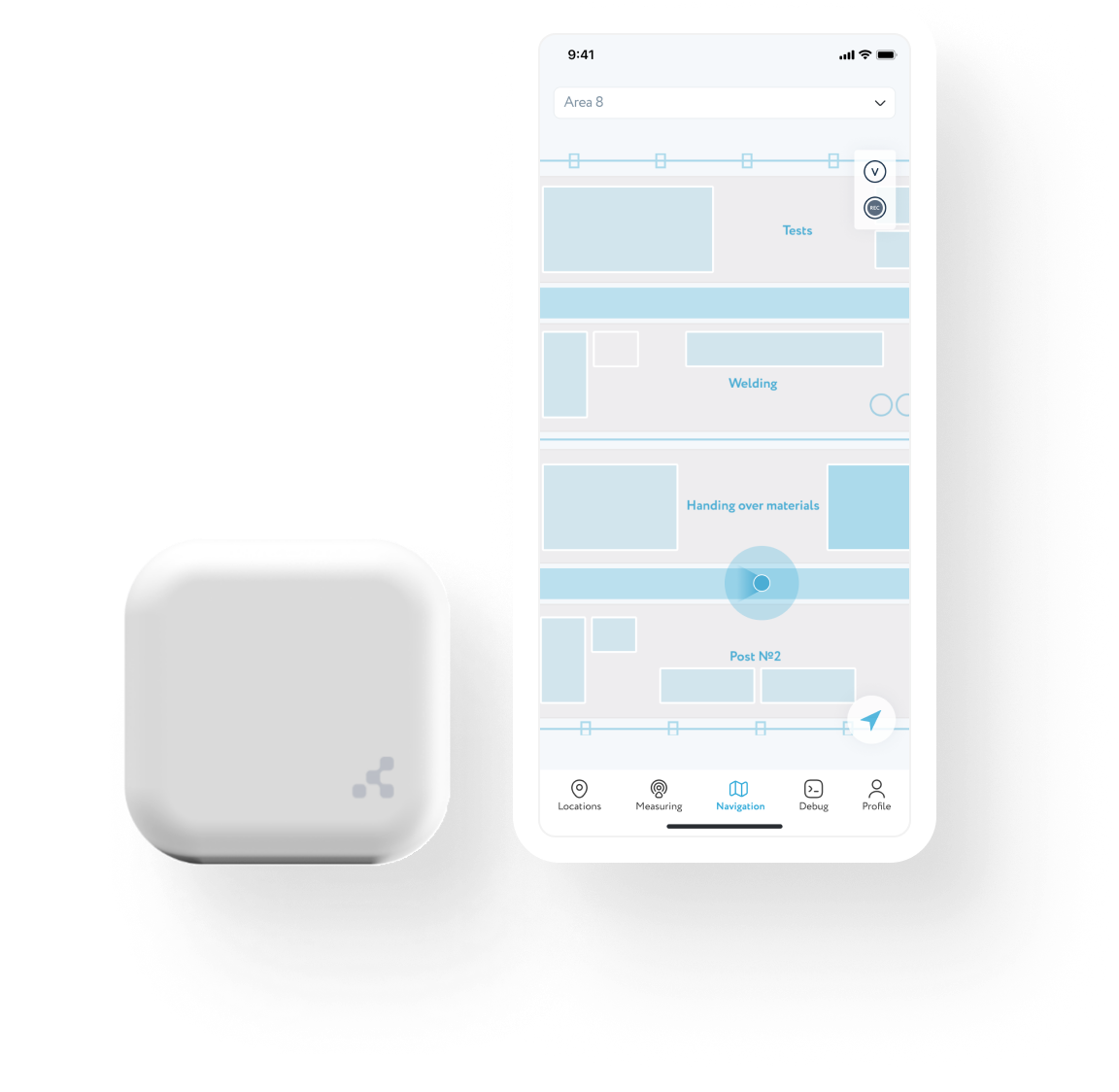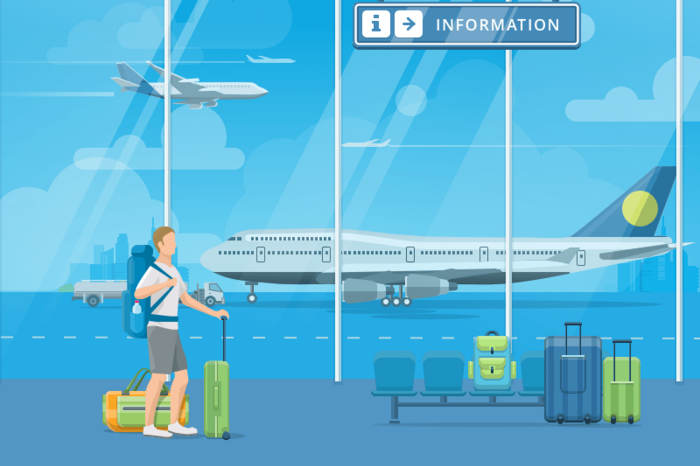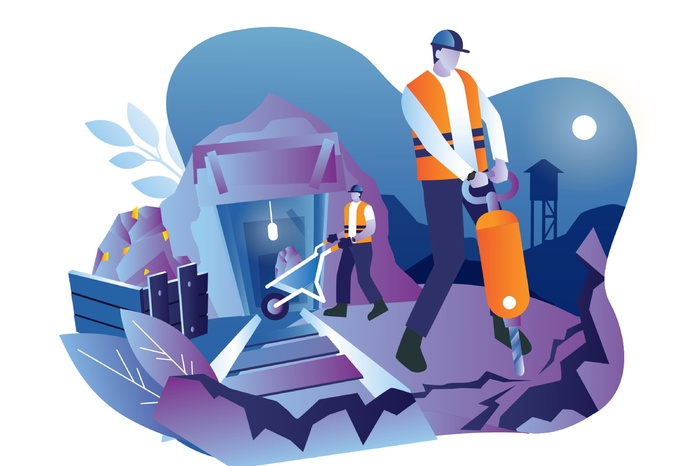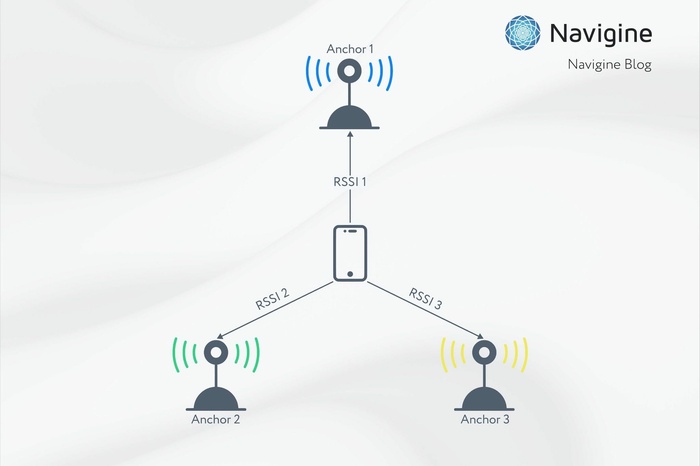Img Source - Andrii Bezvershenko
In today's day and age, museums and art galleries have to constantly introduce innovative technologies that engage visitors in the best way possible. One of these effective and innovative solutions is an indoor navigation system for museums. The software is used via a mobile app and provides convenient wayfinding and notifications when a user approaches particular exhibits.
Our company has developed an effective tool specifically for museums. It has allowed us to increase attendance and draw attention to new expositions, which will be detailed in the case study below.
Defining the Problem
Modern museums offer visitors a huge number of exhibits and expositions. However, it’s actually their scale that becomes an obstacle to a fulfilling experience and makes it difficult for visitors to find objects of interest. Inconvenient navigation in the museum can cause many issues. As a result, people are left to wander around the hallways for a long time, wasting time studying signboards and pamphlets, and looking for information about exhibits. All these things combined lead to a decrease in loyalty to a museum. In addition to this, audio guides are no longer able to meet the growing needs of users for information.
During the implementation of museum navigation, we had to solve several important problems:
- inconvenient navigation through the museum halls;
- difficulties in finding specific exhibits;
- lack of information about new exhibitions;
- decreasing visitor loyalty due to excessive time spent on visiting.
The Goal Of The Project
The main idea of the project was to resolve the issues mentioned in the section above using an indoor navigation system for museums, accompanied by the feature of exhibit notifications. Navigine carried out the following tasks:
- developing and integrating the SDK for indoor navigation and push notifications into the museum's mobile app;
- selecting suitable technology and equipment;
- installing beacons in the building to provide real-time navigation and notifications;
- system testing.
The Solution
To create an interactive museum guide, Navigine specialists provided the facility with an effective solution named Navigine SDK, which allows for applying indoor wayfinding in museums to the existing mobile app. Bluetooth® Low Energy was chosen as the tool to determine the location of objects with an accuracy of 10-15 ft.
The Navigine museum navigation opens up new possibilities for museum tours and using mobile guides. It provides the visitor with a detailed digital map of museum halls, allowing them to quickly get acquainted with a particular room and determine the exhibits located in it, as well as build a convenient route to each of them.

Helpful push notifications are another way to engage visitors. When approaching a certain exhibit, the user's mobile app displays detailed notes, including the history of the object, as well as photos and visual content. This approach makes the visit more exciting and entertaining, allowing for a more fulfilling and valuable experience.
Wayfinding in museums relieves visitors from the need to search for hallways and to spend time looking for additional information about any particular exhibit. The system helps users plan their desired routes and get to their destinations in the order that suits them best.
By studying movement analytics, museum management can optimize people flows and adjust marketing strategies, which allows for attracting more people and increasing profits.
The Technicalities
The implementation of Navigine’s museum navigation was carried out using Bluetooth® LE beacons, which were installed indoors and on stands with the main exhibits. As soon as a smartphone user enters the range of the beacons, the sensors detect them and send out a notification with notes on the exhibit.
Bluetooth® LE transponders receive signals from beacons. An important role in the entire process is given to the Navigine SDK, developed by our company's specialists and tweaked to meet the needs of the museum. It’s based on a set of algorithms that solve a large number of tasks based on geolocation.
The Navigine SDK platform can be used in three ways:
- Indoor navigation around the museum. Visitors can just use the pre-installed application on their smartphone to build a route to a particular exhibit.
- Sending push notifications. As soon as the visitor is approaching an exhibit, the system sends them a message with information about a particular item. Thanks to this solution, the system enhances the efficiency of audio guides and provides users with a lot of additional facts.
- Accumulating statistics and analytics. The statistics obtained via the wayfinding system allow the management to better plan the placement of new expositions and control the flow of visitors.
The Results
The indoor navigation system for museums and push notifications have drastically improved the work process of the museum. We’ve been able to achieve the following results:
- increasing visitor loyalty;
- enhancing the “brand awareness” of the museum;
- attracting more visitors to the exposition, including through advertising notices.
If you are interested in indoor navigation for museums, fill out the feedback form on our website or book a free demo on Zoom.
